Nokia Lumia 735 Review
by Brett Howse on February 3, 2015 6:00 AM EST- Posted in
- Smartphones
- Microsoft
- Nokia
- Lumia
Camera
The Lumia 735 is the first step under the other Lumias with PureView cameras. Although the definition of PureView has altered over the years, It appears that devices with Optical Image Stabilisation (OIS) are branded PureView, and those without are not. The 735 reaches a sort of middle ground though with it still having Zeiss optics on the 6.7 megapixel sensor. It only has a 1/3.4 inch sensor size, which is fairly small compared to something like the Lumia 930, but the aperture is f/1.9 which helps the camera bring in more light. The backside-illuminated image sensor is also in the 16:9 format, so widescreen images are not a crop of a 4:3 image.
One of the improvements on the Lumia 735 over higher model Lumias is the inclusion of a 5 megapixel front facing camera sensor, which is a big jump over the 0.9 megapixel version in the Lumia 830. This adds the ability to record 1080p on the front camera, in addition to the 5 MP stills. For anyone who uses Skype video calling often, or if you are enjoying the selfie craze, the much improved front camera will certainly be interesting.
Lumia 735 Front Camera (top left) Lumia 735 Rear Camera (top right) Lumia 930 Front Camera (bottom left) Lumia 930 rear camera (bottom right)
The specifications for the Lumia 735 do not give any more details on the front camera other than the increased megapixel count. The sensor size will certainly be much smaller than the rear sensor though, which means it will not be able to capture as much light. The aperture is f/2.4, further reducing its light gathering capabilities. We will not put the front camera through the same exhaustive testing as the rear camera, but to get a feel for the improvements to the front camera I did a couple of shots comparing the Lumia 735 front and rear cameras to the Lumia 930 front and rear cameras.
The 735 front camera is a big improvement on the 930. The Lumia 930 front camera image is washed out, dim, and full of jagged edges and loss of detail. However both front camera images lack the detail and capabilities of the rear cameras. It is certainly an improvement, but there could be a lot more improvement done to make this a true selfie phone.
To measure camera performance, we start with the ISO12233 test chart, which allows us to test for spatial resolution and what effect the ISP has on the image by attempting to remove aliasing.
ISO12233 Test Chart
The ISO12233 Test Chart is broken down into many sections to give a value to the amount of spatial resolution achieved in the overall image.
The 735 cannot resolve very fine detail, which means that when you start to crop the image, there is a loss of detail fairly early. This can be better viewed by looking at the Sagittal and Tangential lines.
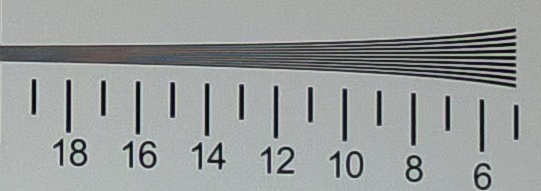
The 735 starts to lose the ability to resolve detail around the 12 mark. It cannot quite resolve as much as the 830 can with the higher pixel count.

The same goes for the tangential lines, which begin to become murky around the 11-12 mark.
Controlled Scenes
To get a feeling for how the camera performs, we start with some controlled scenes and compare it to other devices. For the bright shot, there is plenty of light (well over 1100 lux) so you can get a feel for color reproduction. For the dark scenes, we set the lighting to 5 lux to get a feel for camera sensitivity.
The 735 does a nice job with the cast of this scene, getting the correct color balance and accurate colors from all of the items. This is a trend going forward on this phone. In well-lit scenes, it does very well.
The smaller sensor size and lack of Optical Image Stabilisation is counteracted by the larger pixel size and very low aperture on this phone. It does a reasonable job of pulling in light in dim scenes, but the images can be a bit grainy.
Outdoor Scenes (Night)
With a 1/3.4” sensor, the Lumia 735 is at a disadvantage against other Windows Phones like the Lumia 930, but it does share the same sensor size as the Lumia 830, which is a 10 megapixel camera versus the 6.7 megapixel camera in the 735. The smaller pixel size in the 830 is offset by Optical Image Stabilisation though, helping low light performance. Let us see how the 735 compares.
The f/1.9 and larger pixel size certainly helps the Lumia 735 with low light shots. There is quite a bit of graining in this image, but it is usable. That seems like faint praise, but truly it is a pretty demanding shot with the lighting in this scene.
Compared to the M8, the larger pixels in the HTC do a great job on this image, really pulling in a lot of light. The 735 does not fare as well.
Outdoor Scenes (Day)
During the daytime, there is generally enough usable light that even the smaller sensors have enough to work with.
I would have liked to get some images of flowers or something with more color, but this time of year there is not much color around. This shrub allows us to see the amount of detail available in the image though. At the default zoom, the Lumia 735 does quiet well. Where the sensor really loses out though is the ability to zoom.
Lumia 735 (top) vs Lumia 930 (bottom)
The Lumia 930 has a much larger sensor, and about three times the number of pixels, which gives it a lot more spatial resolution and the ability to crop photos without losing detail. The 735 camera is reasonable as long as you are not going to zoom.
I had the phone with me in Las Vegas for CES, so I was able to take some photos there as well. The results were all quite good for a midrange phone.
For day to day pictures, the Lumia 735 generally impressed me. It was always quick and easy to get a usable picture, as long as the camera app was set to quick launch. It does not have the imaging grunt of its higher priced brethren, but the camera is well suited for average scenes. It also does a reasonable job in lower light scenes with the larger pixels combined with the f/1.9 aperture. It cannot ultimately compete against the Lumia 930 or HTC One, but for a mid-range phone the camera can capture some nice images.
Capture Latency
Being able to take a picture quickly is important in many situations. There are a lot of factors that go into this, including camera app launch time, focus latency, and shot latency. We have seen a push in the smartphone industry to decrease the amount of time for focus, and some flagships have very good focus speeds now. Another latency is the shot time. Decreasing the amount of time between shots is very important as well. The Nokia Camera app has been very slow at this in the past, but Microsoft has updated the app tremendously to improve shot to shot time, as well as the camera launch time. The updated Lumia 930 does have this, however at the time of this review the new Lumia Camera app has not come to the 735, so we will also show the Microsoft camera app which is quicker.
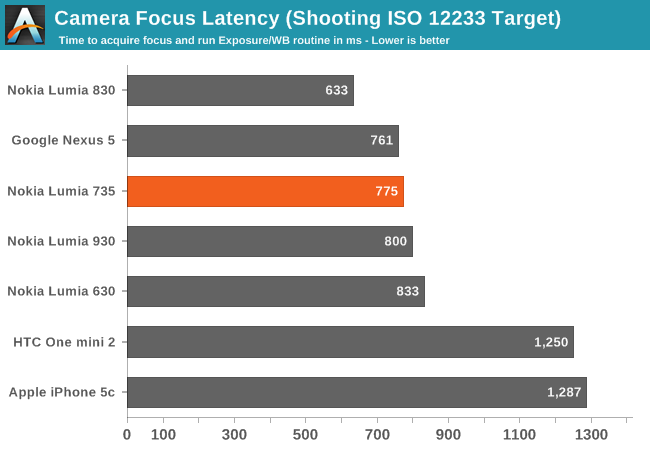
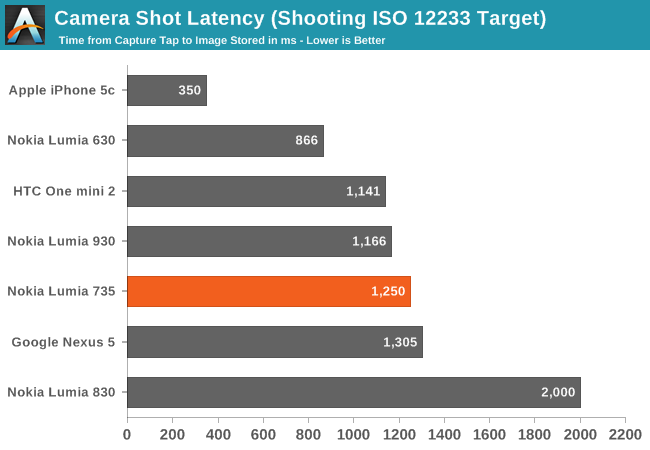
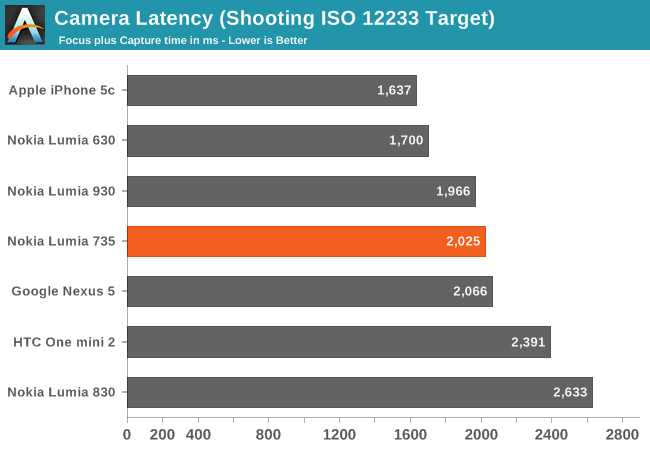
The Microsoft camera app is likely going to get phased out with the Windows 10 update for phones. At the moment, it is only slightly faster for the overall image sequence, but it can capture images a bit quicker. The Nokia Camera app is a bit slower, but offers a lot more functionality such as full manual controls. This app will be superseded with the Lumia Camera app at some point, which should help with the shot to shot time. Some of the Lumia Camera features such as 4K video require a better ISP than the 735 has, but the increased shot speed, camera launch time, and image processing should get a nice boost with the update.
Looking at the times the Nokia Camera app is slightly quicker to focus, but shot to shot time is longer. Both values are unimpressive, so all we can hope for is the updated Camera app to trickle down to the lower end phones.
Video
The Lumia 735 will record video at 720p or 1080p, and at framerates of 24, 25, and 30 frames per second. The lack of 4K video is no surprise, since the ISP in the Snapdragon 400 cannot handle this, and the 6.7 MP sensor is too few pixels for 4K. The 735 also lacks the quad-microphone array of the 830, 930, and 1520, which allow those devices to record in Dolby Digital surround sound. Video recordings on the 735 are strictly stereo affairs.
The low pass audio filter helps with the wind noise, and the overall image quality is quite good for 1080p video. The 735 lacks Optical Image Stabilisation compared to the 830 and higher devices, so the video is not as smooth when walking around as one might hope.


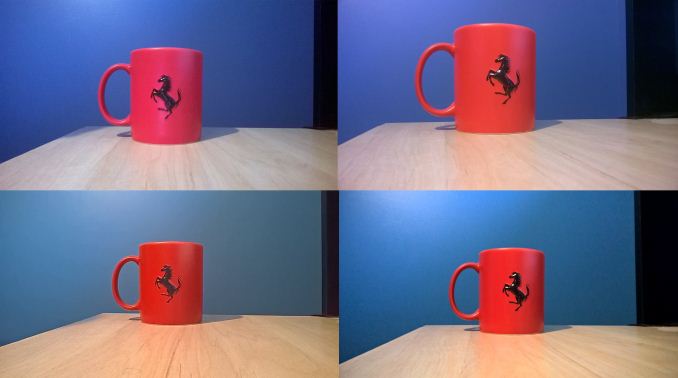
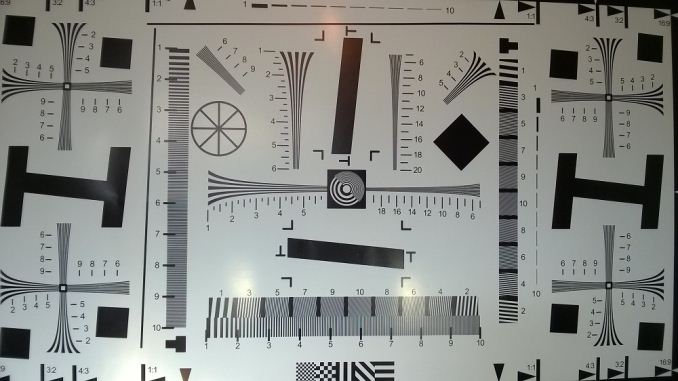


















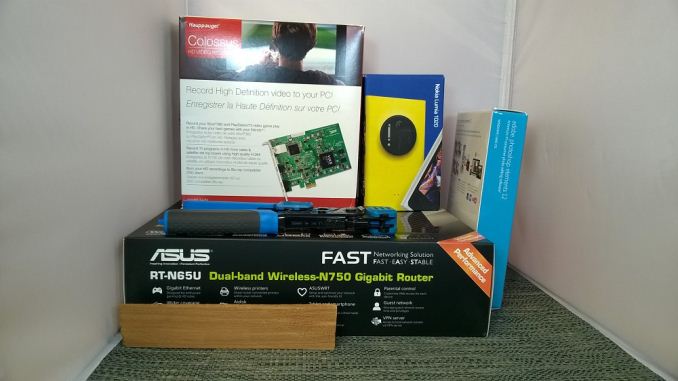



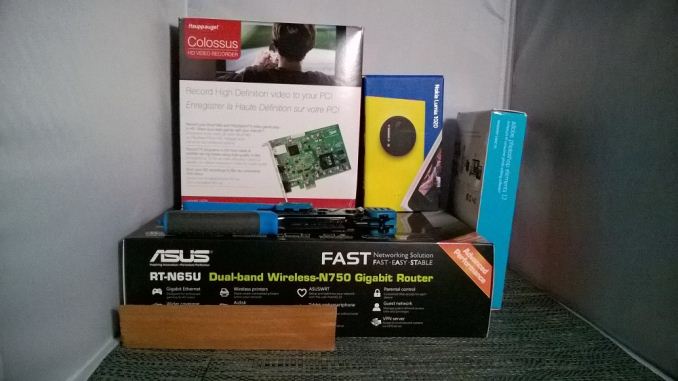



















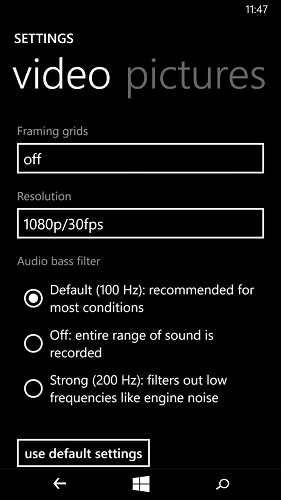








64 Comments
View All Comments
Brett Howse - Tuesday, February 3, 2015 - link
The Glance screen app is only available to phones with the correct hardware to use it unfortunately. Would be nice if it was just an app.noblemo - Friday, February 13, 2015 - link
The slow Wi-Fi means disabling your 5GHz radio or upgrading to an access point with simultaneous 2.4/5GHz coverage. I ran into this issue when I bought a Lumia 635 as a house phone. Now I have to run my laptop and Icon on congested 2.4GHz when no one else in the area is running 5GHz. First World problem, but still annoying.nathanddrews - Tuesday, February 3, 2015 - link
In all honesty, I'm waiting to upgrade my S3 to an Intel-X86-powered, Windows 10 phone. We're almost there.http://makeameme.org/media/created/almost-there-al...
juan96 - Tuesday, February 3, 2015 - link
For display test, I know that Anandtech uses Calman SW and i1Pro for measuring . But I curious, how they input test pattern to cell phone? As anybody knows, MicroUSB port of cellphone is output only.deltaman - Tuesday, February 3, 2015 - link
Actually, Lumia phones DO support transferring data in BOTH directions via the micro USB port; the phone mounts like any other USB storage device when connected to a Windows machine, & M'soft offers a free utility for file transfers to/from Mac OS devices...juan96 - Tuesday, February 3, 2015 - link
Yes, I misunderstood. MicroUSB is not only for output. But I still didn't find the solution to use Android tablet uses as display device like monitor.tipoo - Tuesday, February 3, 2015 - link
With 720p and MicroSD thrown in, it could be a decent Moto G competitor. I wish they at least upgraded to the Snapdragon 410 though.tipoo - Tuesday, February 3, 2015 - link
It's pretty silly how poorly the WP browser does against the equivalent SoC in an Android phone. Sunspider is the only thing it does well in, and we know Microsoft targeted that for optimizations, making it less of a real world result. They don't even have a terrible rendering engine on the desktop side, so I don't get why they continue to underperform so much on the mobile side.tipoo - Tuesday, February 3, 2015 - link
And the GPU too, what is with that?Brett Howse - Tuesday, February 3, 2015 - link
This will finally be resolved when Spartan is the new browser in Windows Phone 10. Not that this is any excuse for the poor implementation now, but finally, browser performance seems to be a priority.